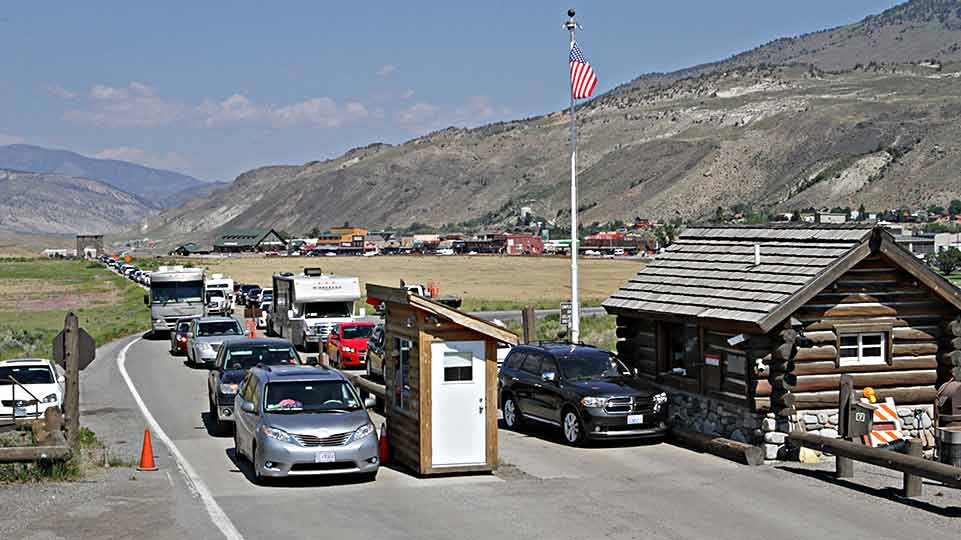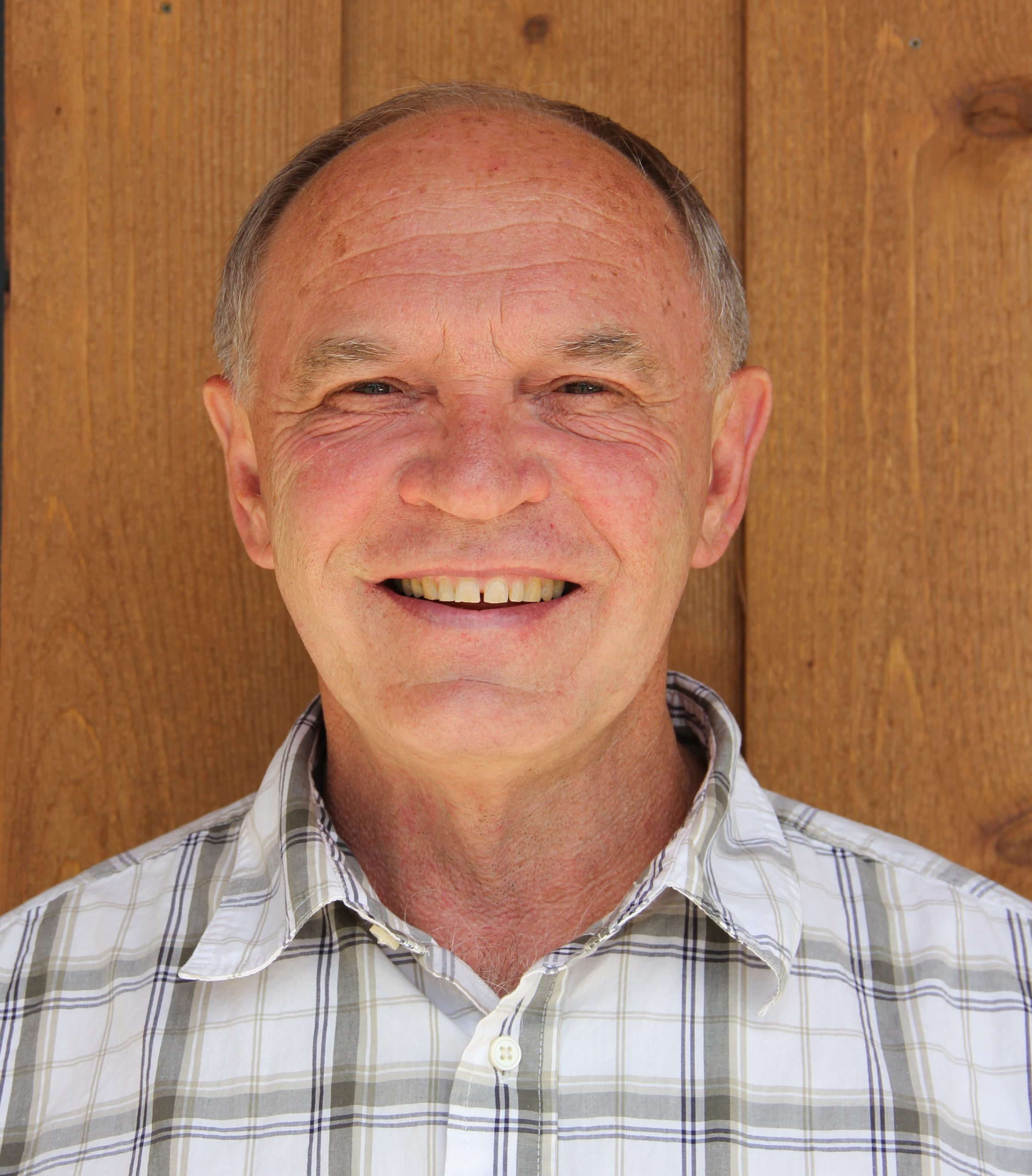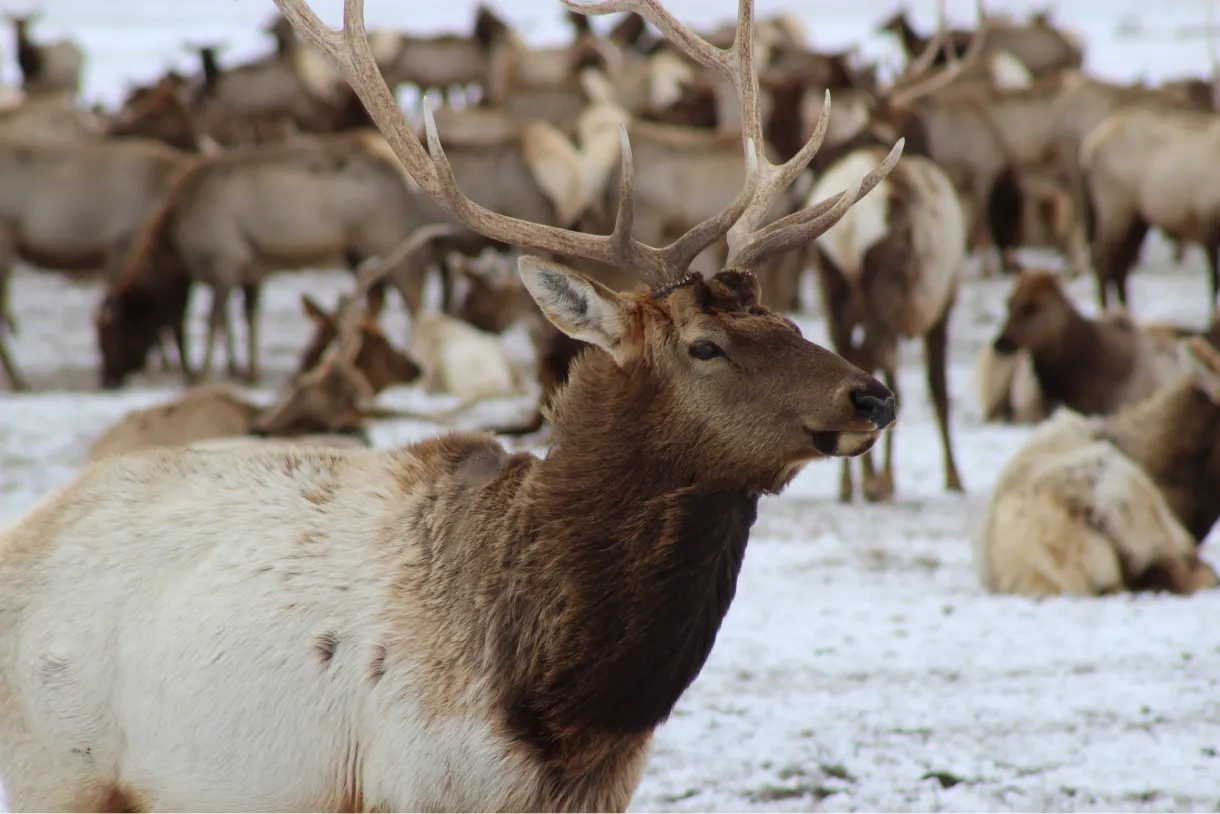North Entrance, Yellowstone National Park. Photo: NPS/Jim Peaco
Originally appeared in the Wall Street Journal on August 24, 2016.
As the National Park Service celebrates its 100th anniversary on Thursday, Americans should take a moment to consider how they can ensure the health of their national treasure for many generations to come.
Few federal agencies command more widespread support than the NPS. A 2015 Gallup poll found that 73% of Americans were satisfied with the government’s handling of national parks, despite their overall dissatisfaction with the federal government. There are now 84 million acres in the national-park system, including 59 national parks, 20 of which were added after 1980, and 353 national monuments, battlefields and historic sites. Every year Congress creates more parks, often referred to as “Park Barrel Politics.”
But, loved as they are, the national park systems and monuments aren’t being treated well. Adding more parks makes matters worse.
There is already a backlog of maintenance projects, including deteriorating roads, buildings and sewage systems, that will cost $12 billion to fix. Each year the NPS goes to Congress asking for funding for its operating budgets but almost always gets less than it requests. Between 2005 and 2015, the federal budget grew by 39%, yet the NPS operating budget increased by only 1.7%. Meanwhile, park attendance in 2015 reached a record 305 million visits.
A simple change would allow parks to increase fees to cover their operating costs. When the first national parks were created, they were expected to be self-supporting. Receipts for Yellowstone and Yosemite in those early days often exceeded expenditures.
Adjusted to 2016 dollars, entry fees then were astronomical. Mount Rainier, the first to allow cars in 1908, sold 1,594 auto permits at a price of $475 in today’s dollars. In 1916 seasonal auto permits, also in today’s dollars, ranged from $120 at Glacier and Mesa Verde to $240 at Yellowstone. Today the price of a seven-day pass to Yellowstone for one vehicle is $30.
Another simple change would be to charge higher fees for foreign visitors, who pay no U.S. taxes. Differential pricing is common in parks outside the U.S. Kenya’s Maasai Mara National Reserve charges its citizens $10, compared with $70 for noncitizens. With foreign visitors to U.S. parks making up as much as 25% of the total, charging them more would provide a substantial budgetary boost.
Congress is also working on a simple budget fix. The National Park Service Centennial Act, presented to Congress earlier this year and sponsored by Rep. Raúl Grijalva (D., Ariz.), calls for raising the price of a senior-citizen lifetime pass to $80—the current price of a regular annual national park pass—from a mere $10. No doubt there will be a backlash from AARP, but if the NPS sold 600,000 senior passes, as it did in 2015, at $80, it would generate an additional $42 million for operating costs or maintenance.
If Americans love their parks as much as they say, the NPS centennial celebration is a perfect occasion to take parks out of politics and politics out of parks by giving the gift of operating-budget autonomy. If entrance fees covered the NPS’s annual operating costs of approximately $2.5 billion, congressional funding could be used to start work on the maintenance backlog. Freeing the NPS from politics would also better connect the parks bureaucracy with its customer base and change its focus from Washington to “America’s best idea.”
Learn more about the past, present, and future of our national parks: live-perc-wp.pantheonsite.io/ParkCentennial




